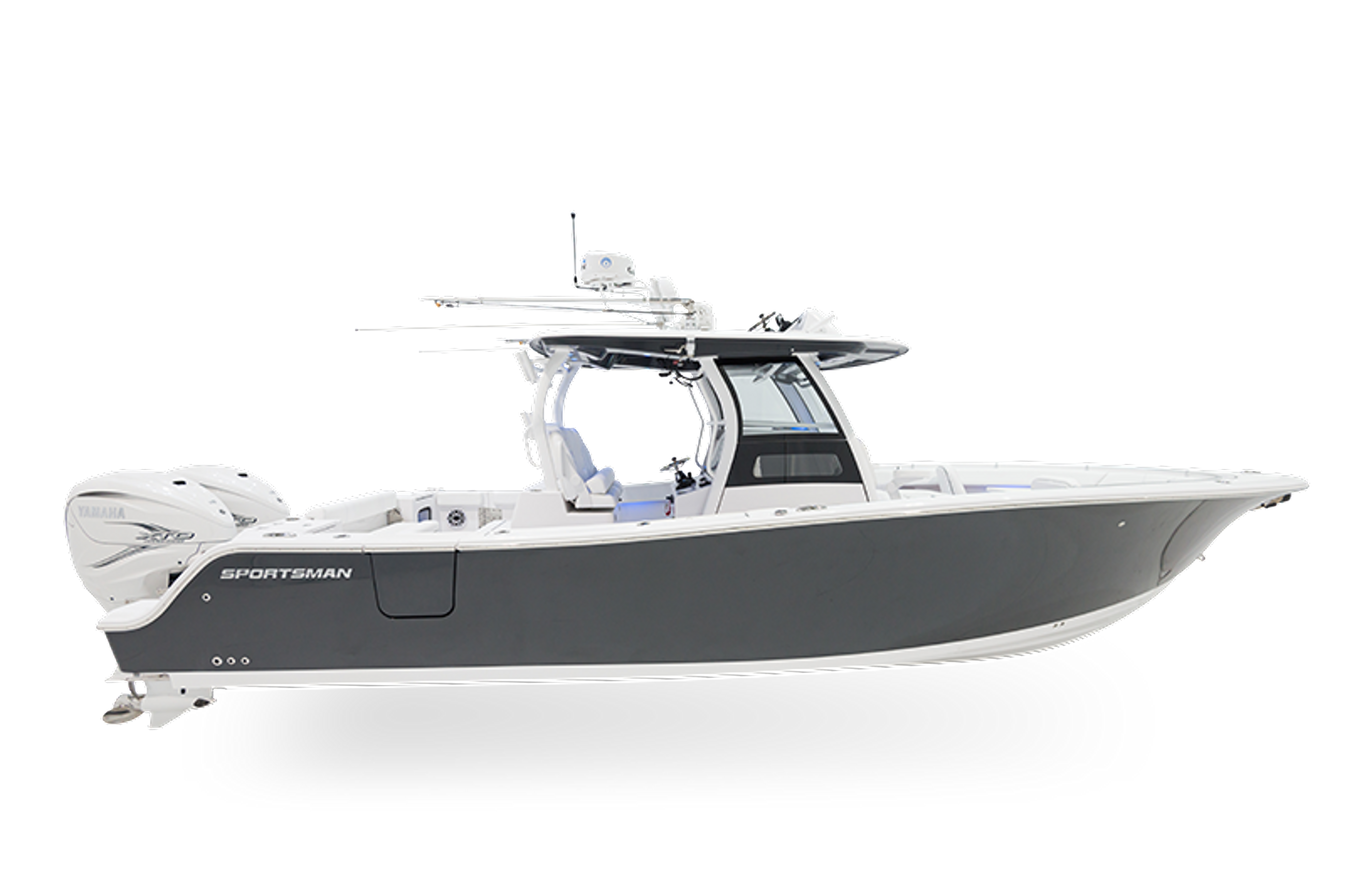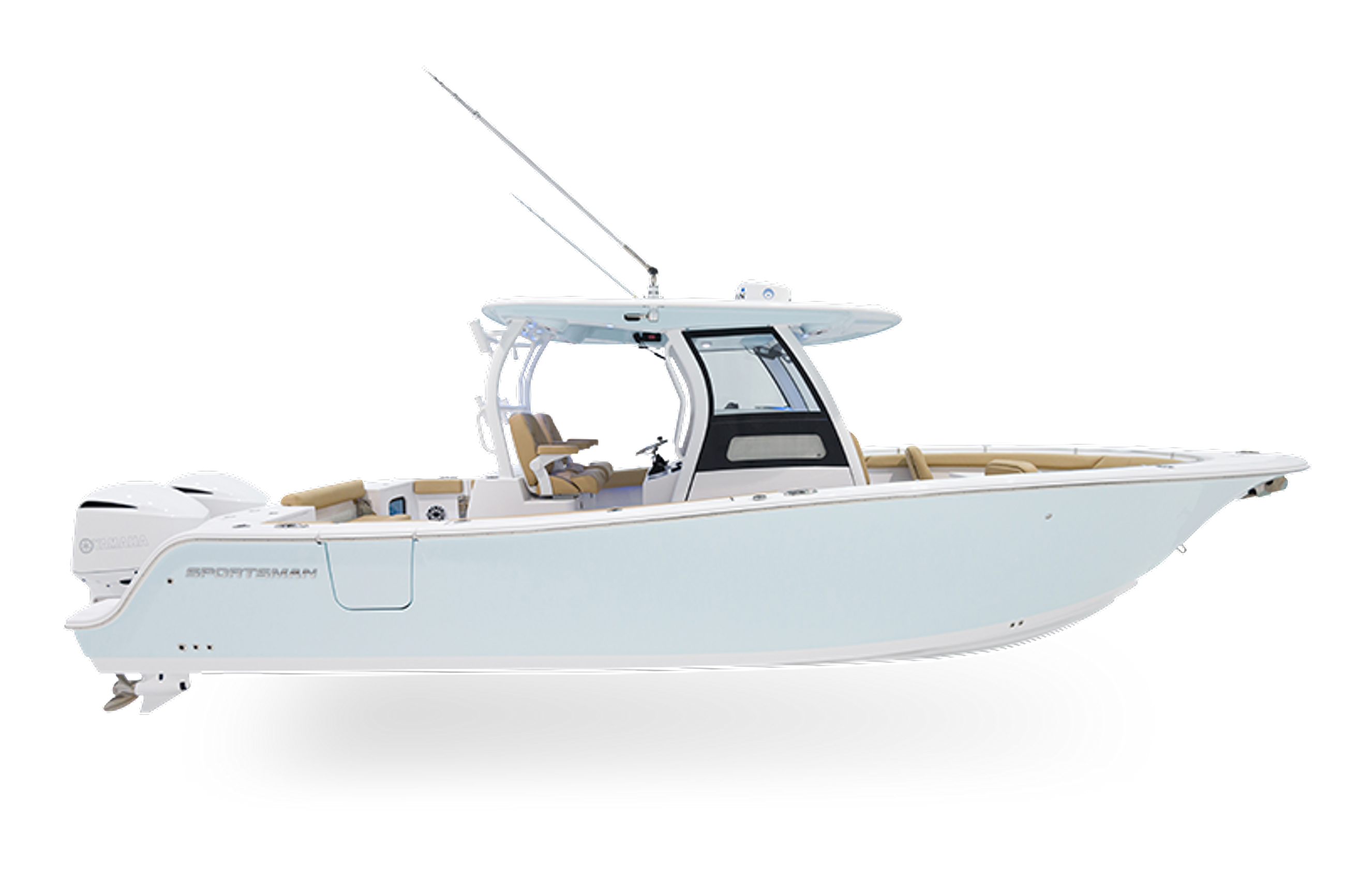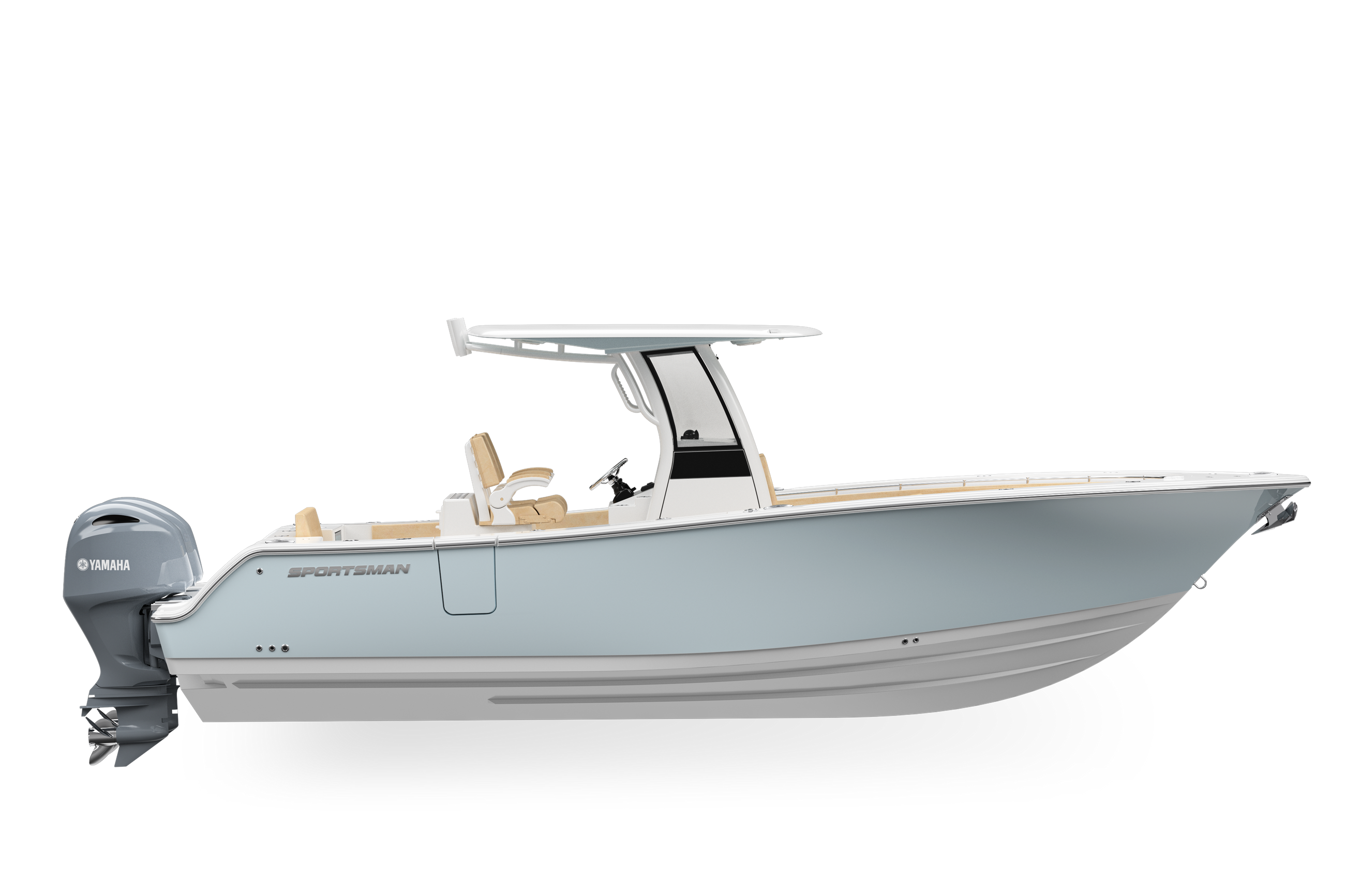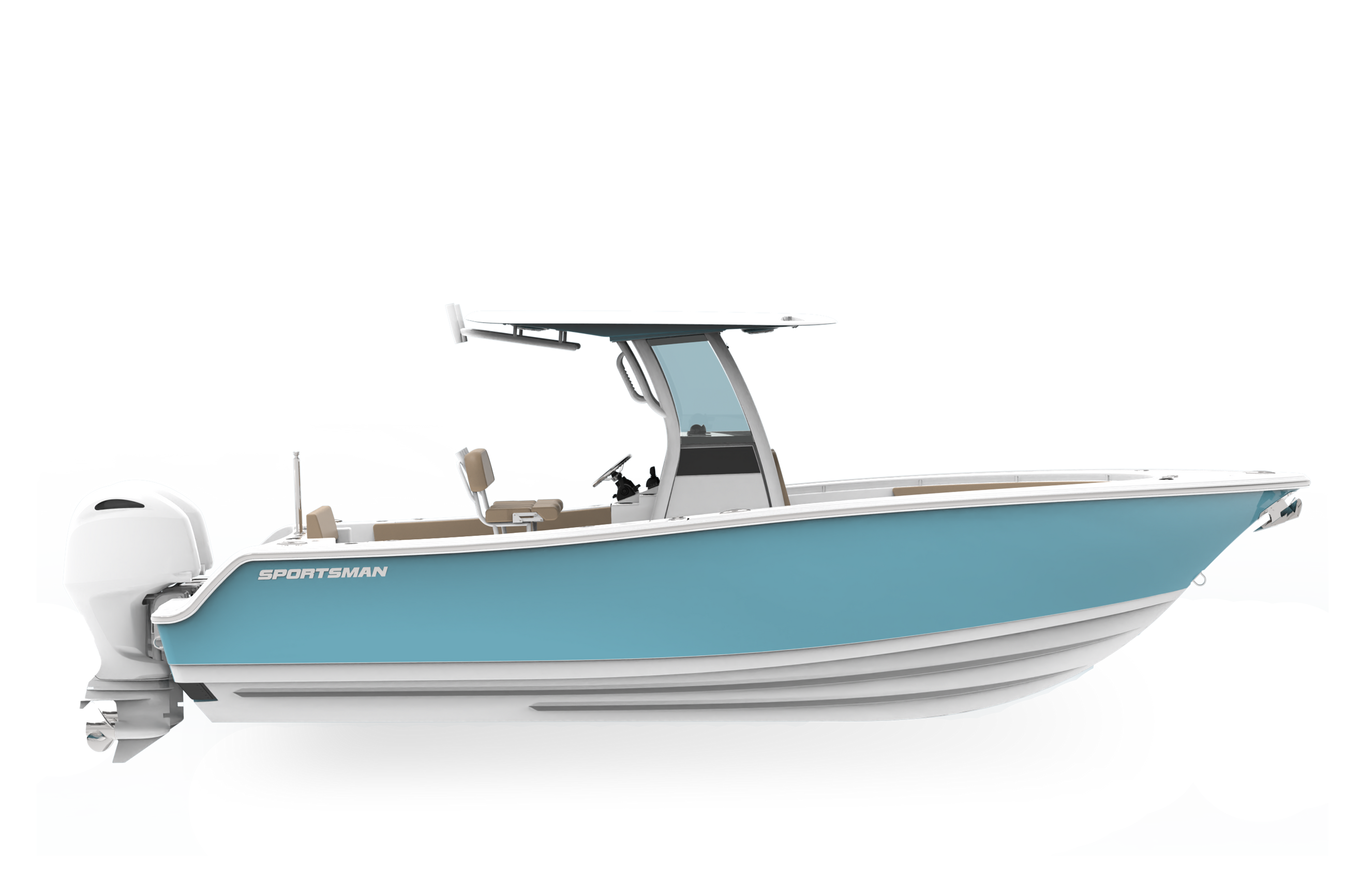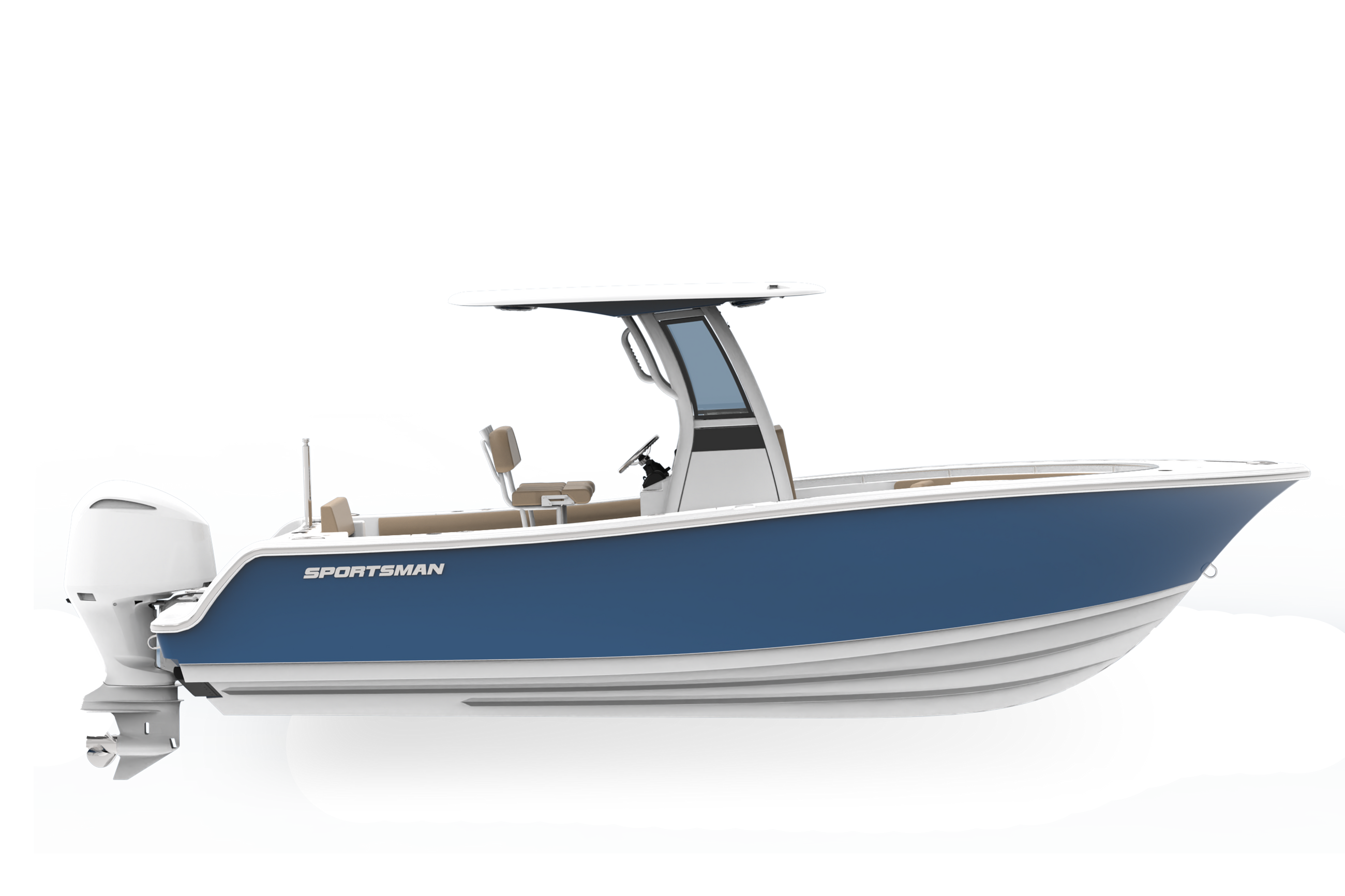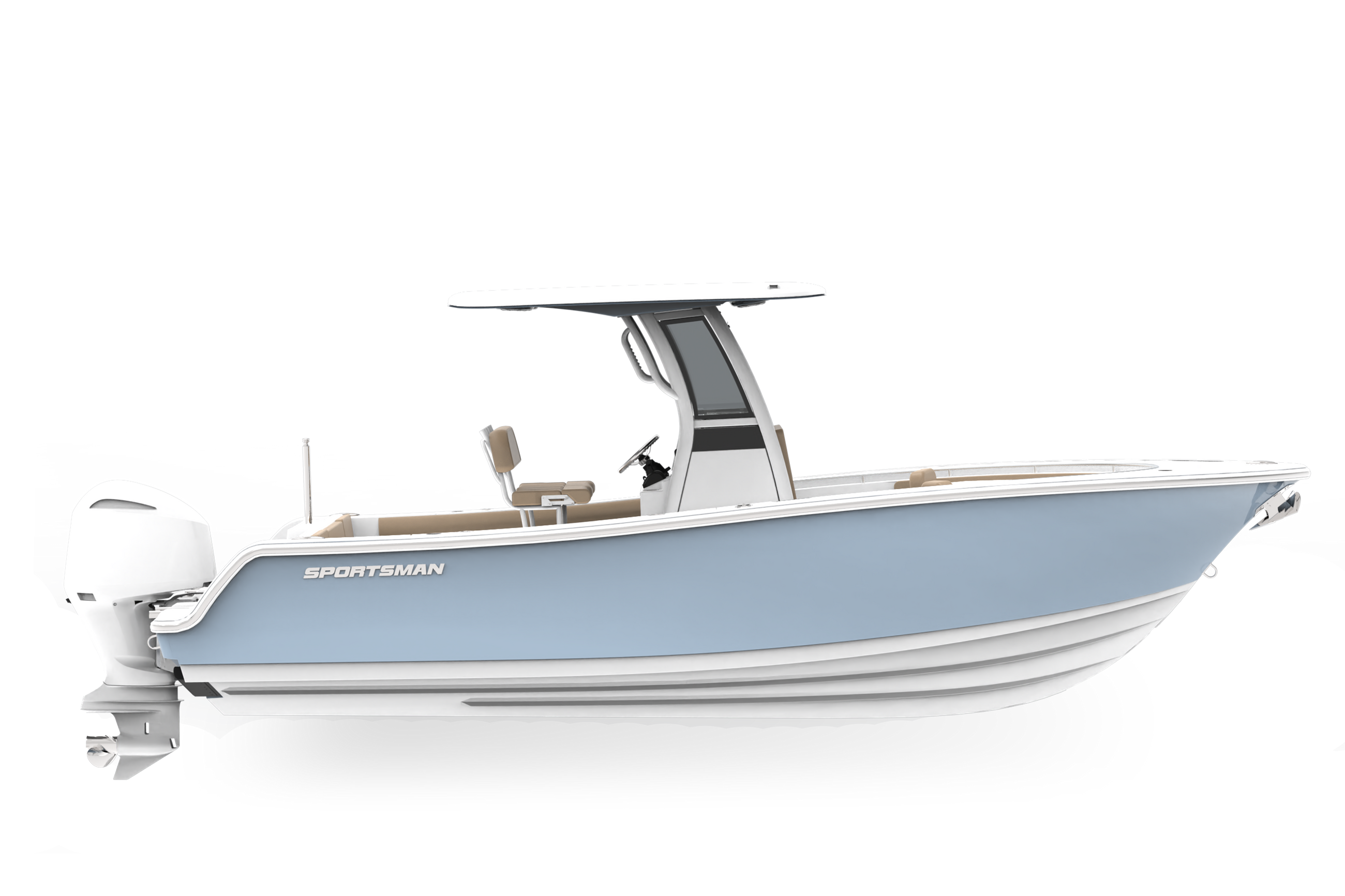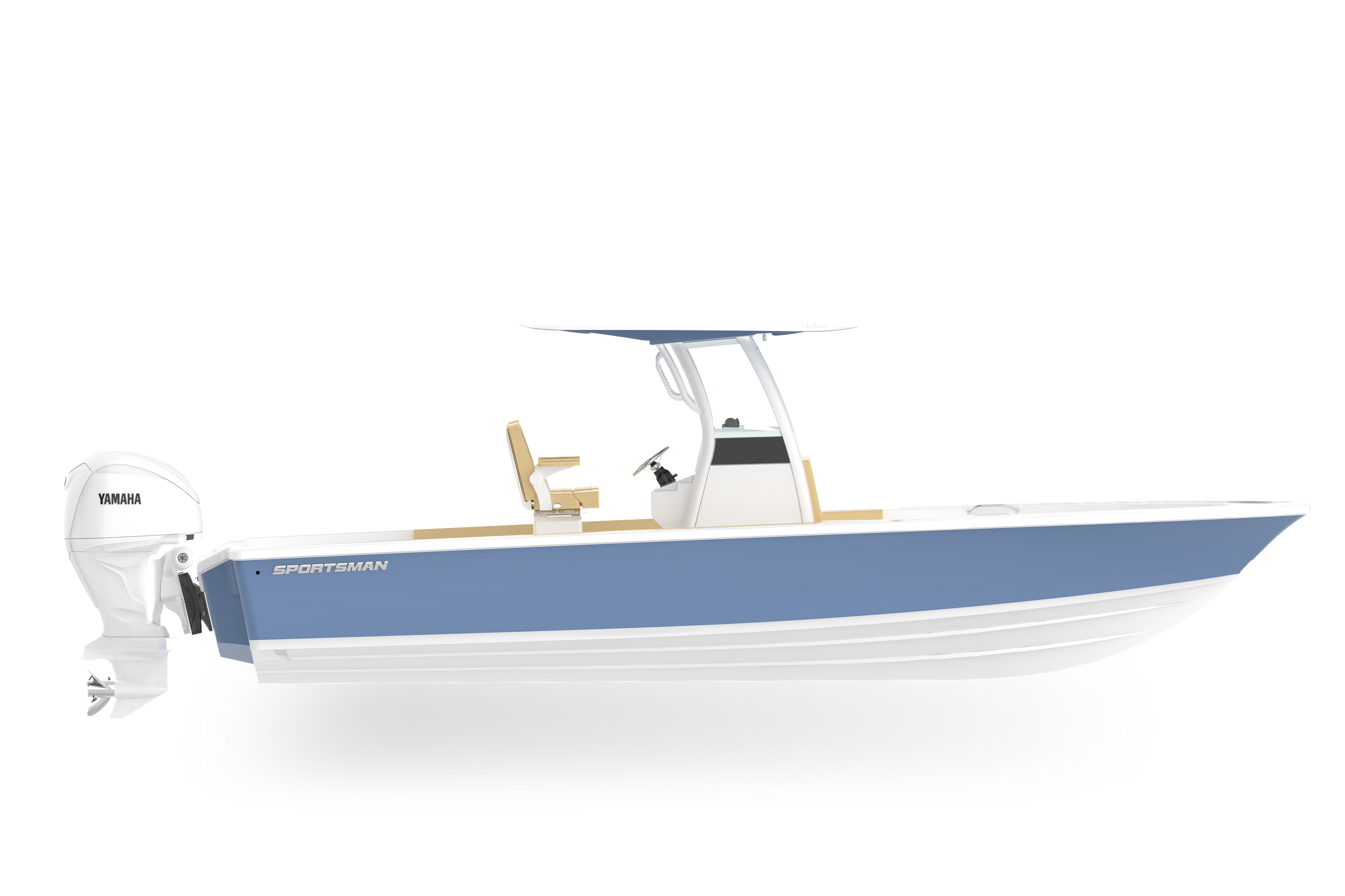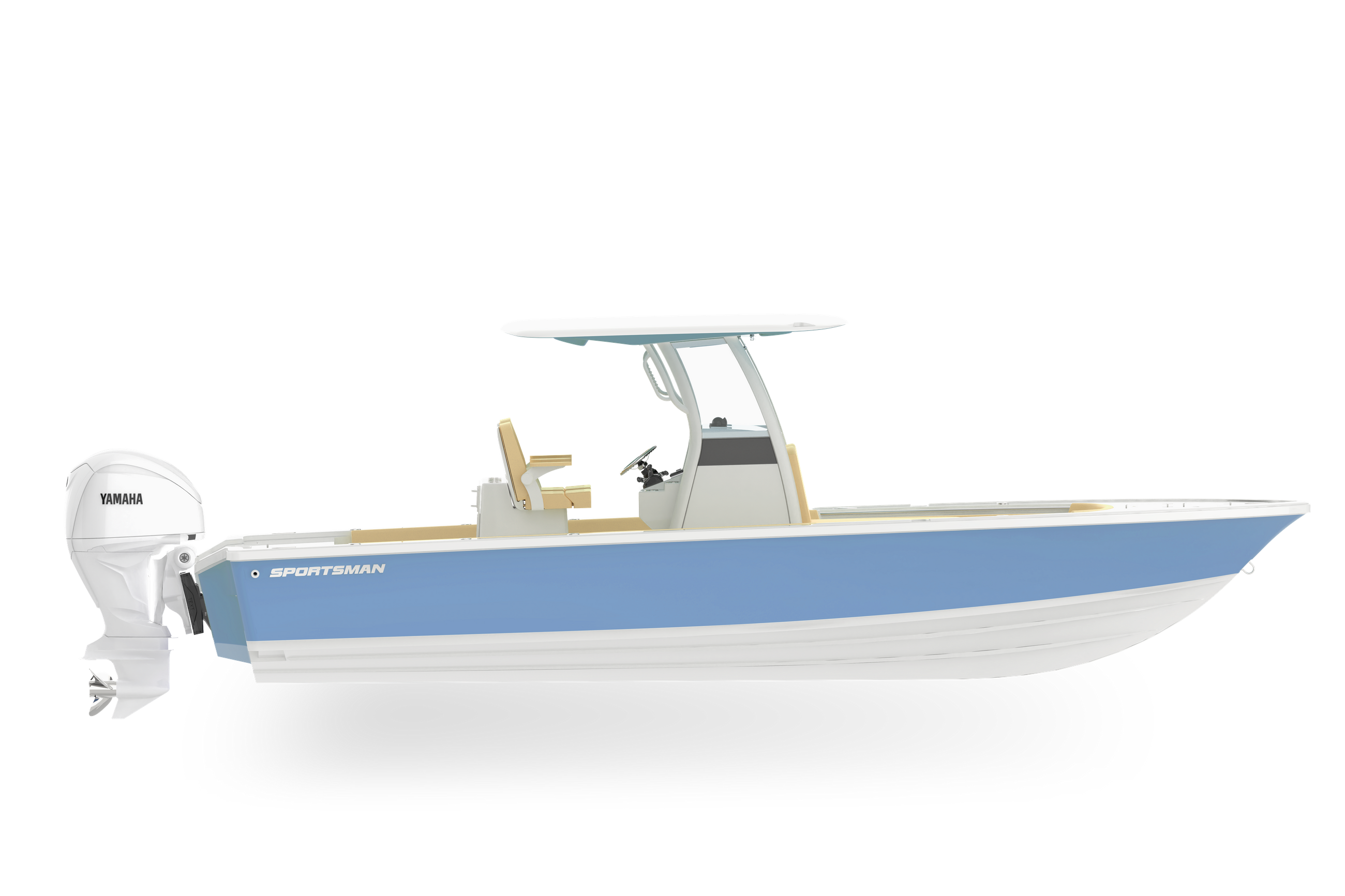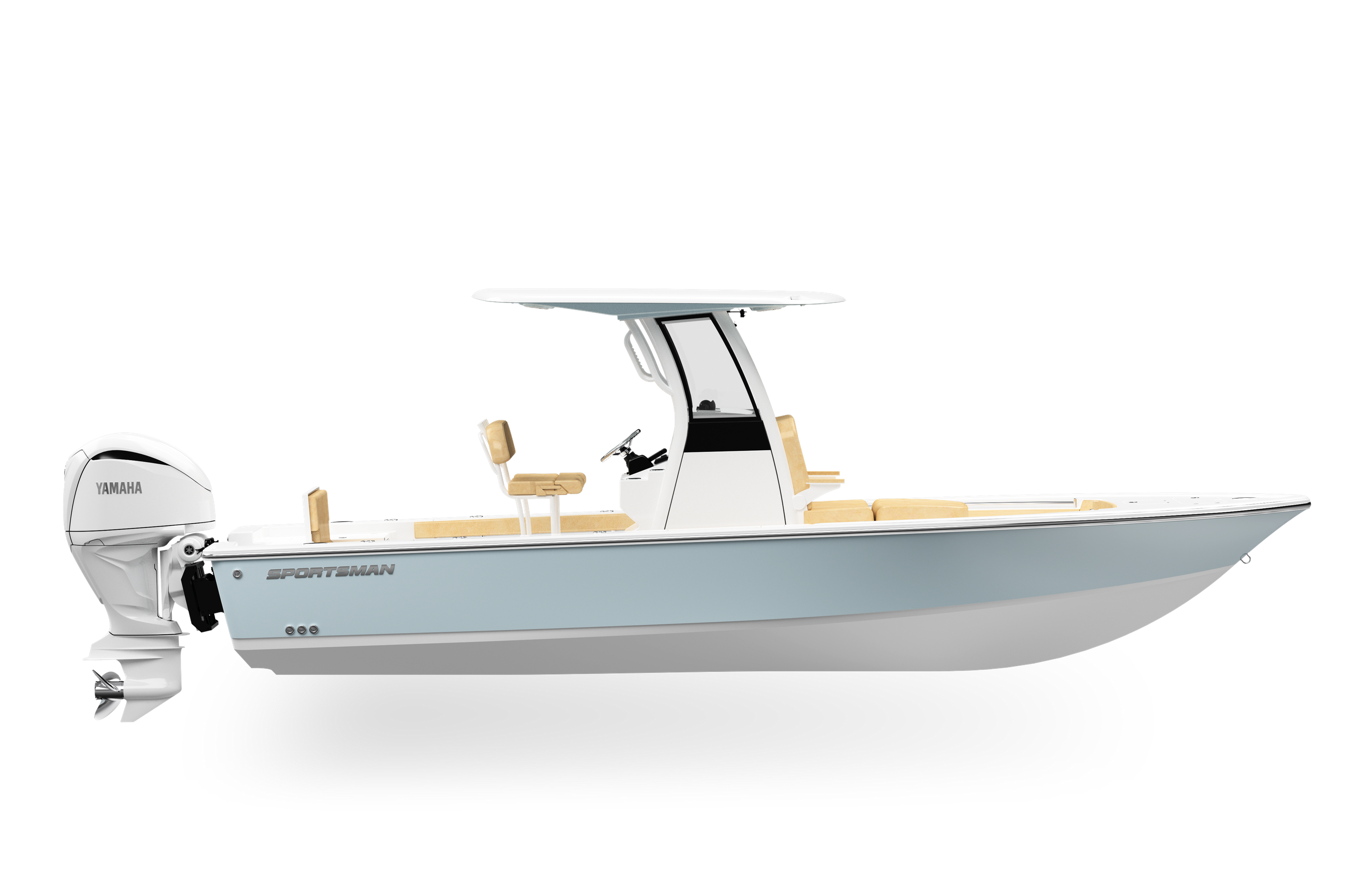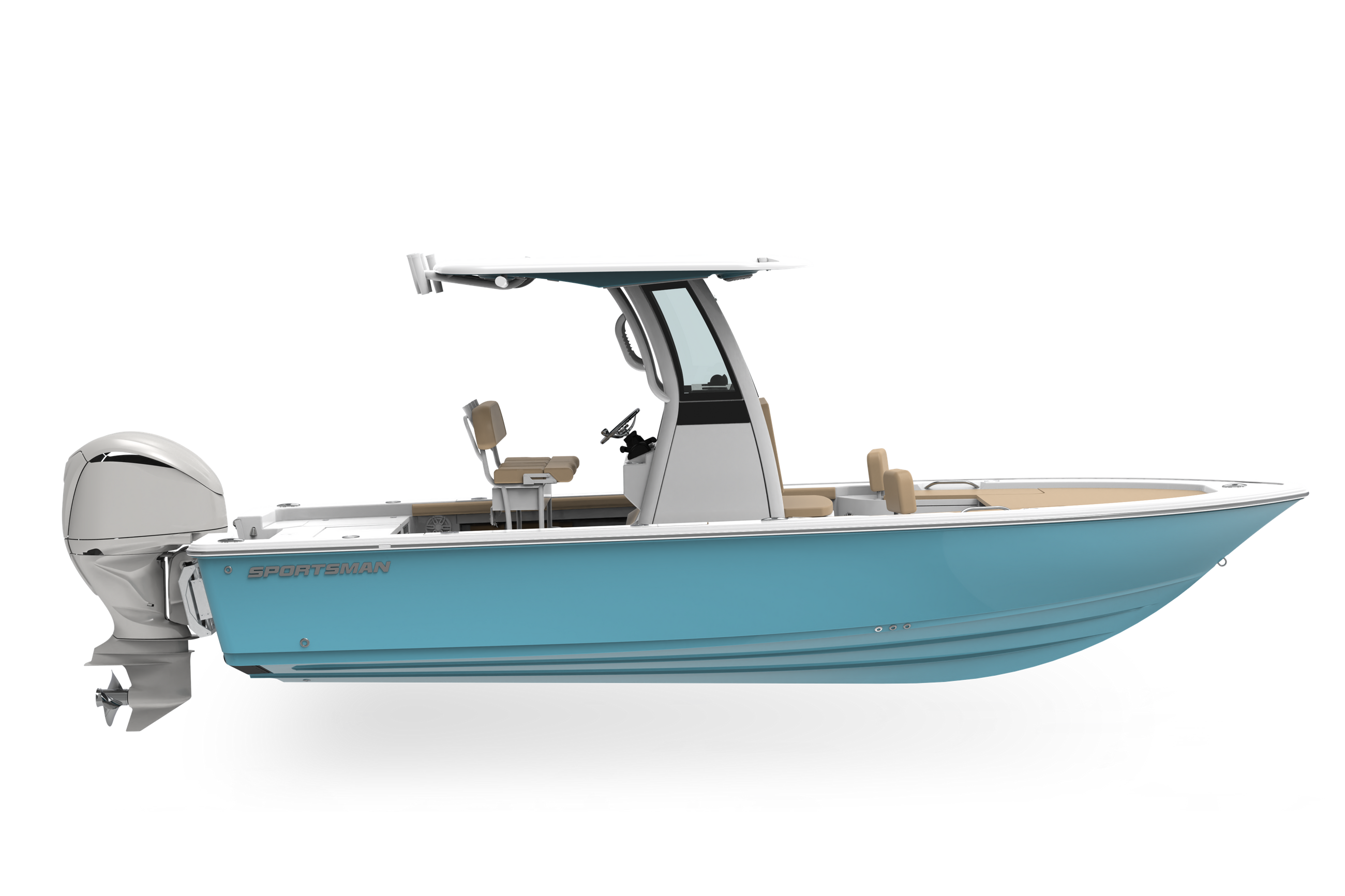Tech Talk - Building A Coast Guard Kit - Stay Legal While Boating!
In today's episode of Tech Talk, Aaron goes over 5 items you must have while boating plus several other essentials to ensure you're having a good day and staying safe while on the water.
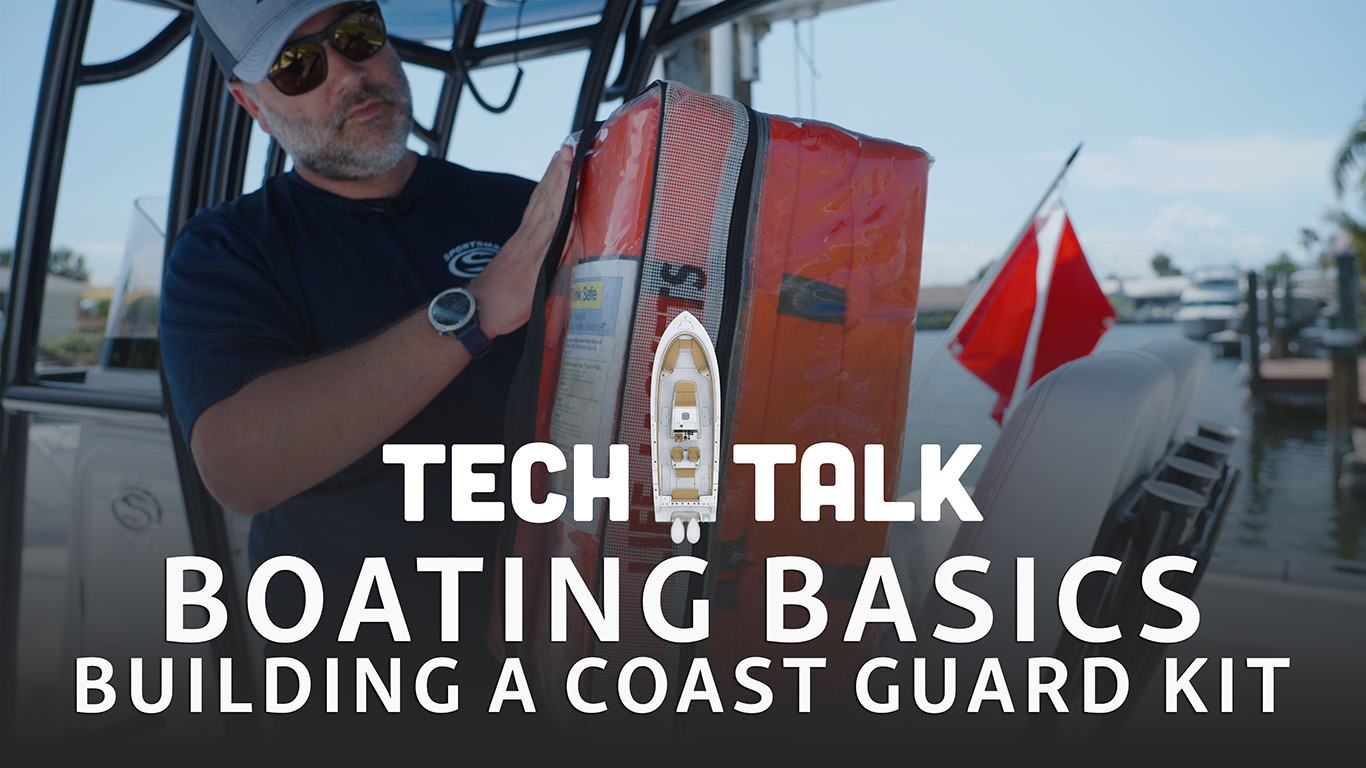
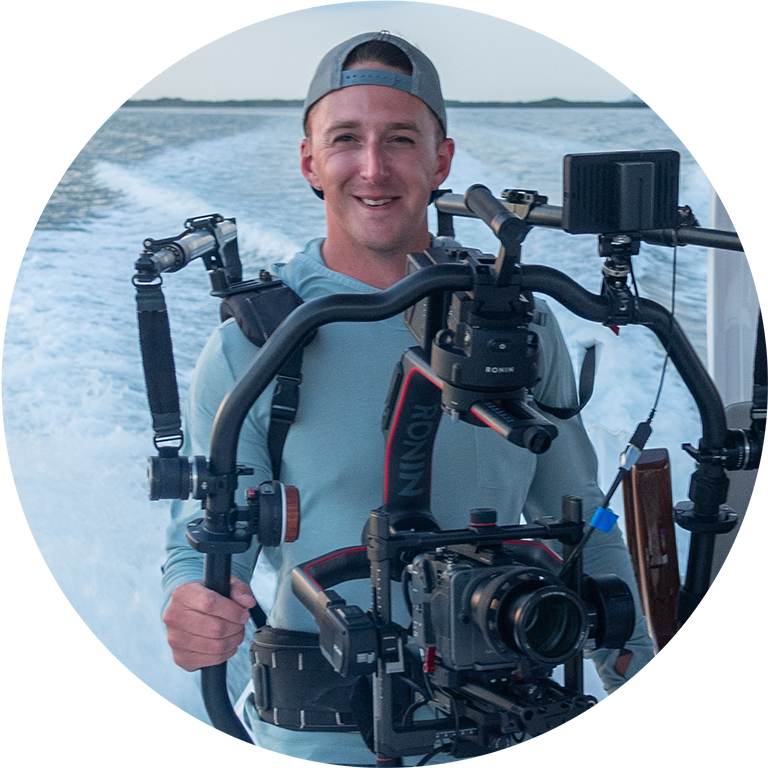
Welcome to Tech Talk with Aaron from Sportsman Boats! In today's discussion, we'll focus on the importance of building a boat safety kit to keep you legal and prepared on the water. We'll cover the essential items required by law, as well as additional items that can enhance your safety and enjoyment while boating. Let's dive in!
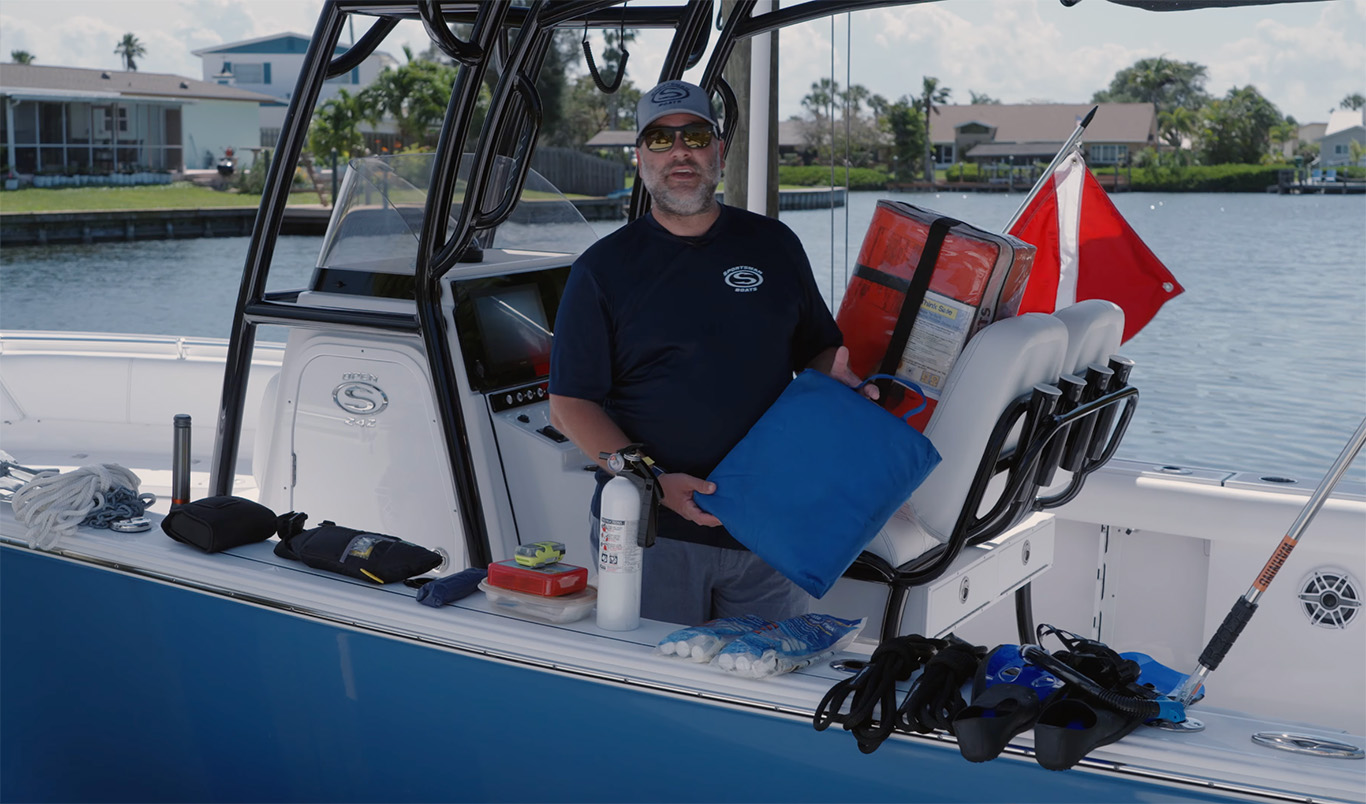
Essential Safety Items:
1. Life Vest: Ensure you have a life vest for every person on board, including children. Life vests should be properly fitted to match each individual's weight and size. Safety regulations mandate the presence of life vests to prioritize passenger safety.
2. Throwable Cushion: A throwable cushion must be easily accessible in case someone falls overboard. This item can be swiftly deployed to aid in rescue situations.
3. Flares: Flares are essential signaling devices for emergencies. Handheld flares are suitable for inshore and nearshore boating, while farther offshore trips may require a flare gun with the appropriate flare kit.
4. Fire Extinguisher: Store a fire extinguisher in an easily accessible area, ensuring it is protected from the elements. Choose a fire extinguisher rated for the size of your vessel to ensure effective fire suppression.
5. Horn or Audible Device: An audible device such as a horn is crucial for communication and signaling on the water. It enables you to alert nearby vessels of your presence or potential dangers.
Additional Safety and Practical Items:
1. Dock Lines: Carry between four and five dock lines on your boat for various boating scenarios, including towing or mooring at a marina. Dock lines are versatile and aid in safe docking and maneuvering.
2. Fenders: Have two to four fenders on board to protect your boat's hull from potential damage when docking or in rough water conditions. Consider using canvas-wrapped inflatable fenders, as they stow away easily and minimize hull scratches.
3. Anchor: Carry a spare anchor on board, in addition to your main anchor. This provides a backup option if your primary anchor fails or for use as a stern anchor during sandbar outings.
4. Personal Items:
PLB (Personal Locator Beacon): If boating alone, consider carrying a PLB, which can be worn on your waist. In emergencies, it can transmit distress signals to aid in search and rescue operations.
Sunscreen, Hat, and Sunglasses: Protect yourself from the sun's harmful rays by carrying sunscreen, a hat, and sunglasses, ensuring a comfortable and safe boating experience.
Safety Kit: Prepare a first aid kit with essential items like bandages, neosporin, gauze, and medical tape. These supplies can help address minor injuries and provide initial medical assistance until professional help is available.
Tool Kit: Keep a compact and versatile tool kit on board, including a wrench, socket, screwdriver, and hammer. It can prove invaluable for minor repairs or adjustments while out on the water.
Binoculars: Invest in a good pair of binoculars to improve visibility during storms or to spot navigation markers in low-light conditions.
Optional, but Recommended Items:
1. Fins and Dive Flag: Consider carrying a set of fins and a dive flag on board. These items can be useful for recreational purposes or emergency situations and are easily accessible under the console.
2. Inflatable Life Vest: While not mandatory, having a suspender-style or fanny pack-style inflatable life vest is highly recommended. These vests provide convenience and comfort, and some models include additional features like a clip for the kill switch, storage compartments, and attachment points for PLBs.
By assembling a well-rounded boat safety kit, including the essential

